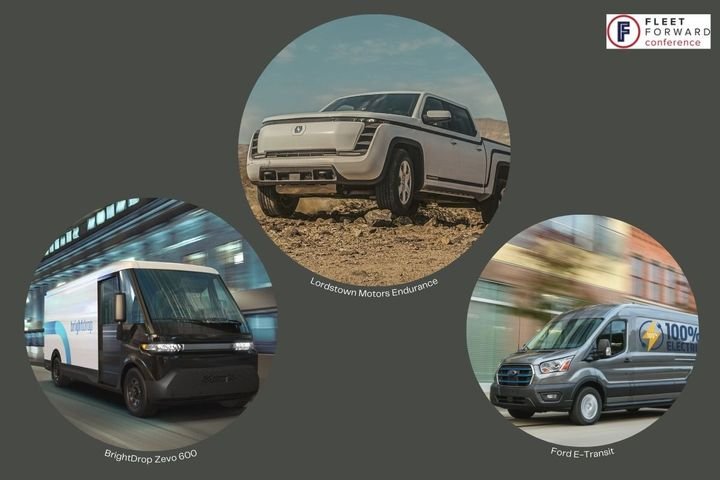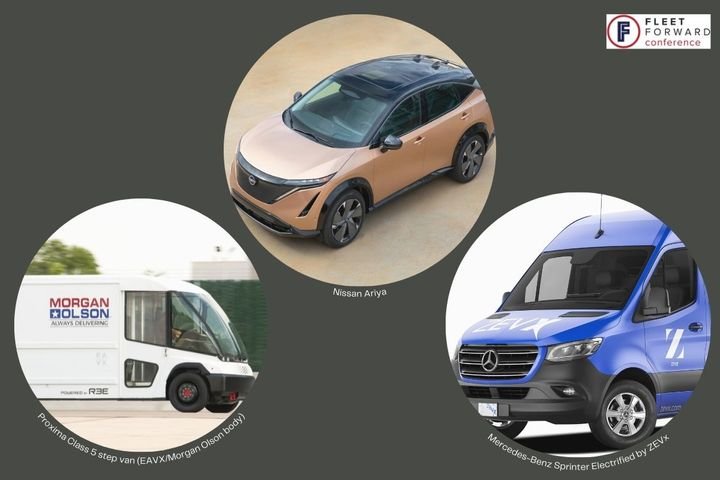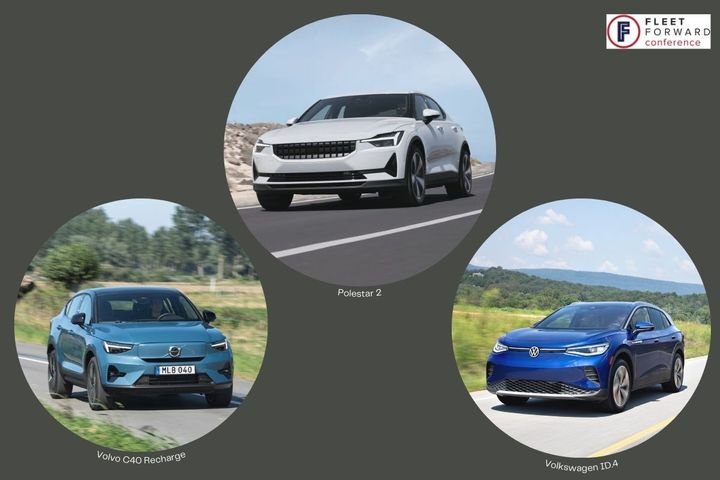
Less than a week ago, Toyota appealed to the European Union Intellectual Property Office (EUIPO) to reserve the names Lexus LFR and LFR for “Automobiles and structural parts thereof,” CarBuzz discovered. Starting with the usual disclaimer, we can’t know what this will be applied to, nor if it will be applied to anything; automakers constantly reserve names that never find their way to production vehicles. Now for the fun part: The short money says this is for the production version of the Lexus Electrified Sport Concept shown in December of last year, successor to the LFA. Pulling back the nomenclature curtain, Lexus began its Lexus Future (LF) series with the LF-S sedan in 2003. The A in the LF-A concept that followed two years later was said to stand for Apex. Our guess is that what’s coming is the Lexus Future Revolution. This is, after all, the car that will “destroy the spindle grille.”
On top of potentially evolving from the concept name to LFR, if that’s what it’s called, the vehicle itself still appears to be in flux. The Electrified Sport was touted with an electric powertrain run off solid-state batteries, as targeting a 435-mile range or more, and having 1,000-horsepower guts enabling a 60-mph sprint in just over two seconds. In March, reports out of Japan said a version powered by a 4.0-liter twin-turbo V8 hybrid would launch first, the EV not arriving until the end of this decade — a timeline that makes sense considering solid-state batteries aren’t due in a Toyota until 2025, and only then in a hybrid. There’s no reason to believe Lexus would want to run high-tech, high-voltage, high-risk experiments in its halo car.
In July, another Japanese outlet refined the ICE rumor with gossip that what was then referred to as the LFA II would fit the 5.0-liter twin-turbo V8 from the Lexus LC 500 endurance racer and make around 700 horsepower. Supposedly, it would also become the “substitute for the GR010 Road Going version.” The Gazoo Racing GR010 is Toyota’s entry in the Hypercar class of the FIA World Endurance Championship, powered by a 3.5-liter twin-turbo V6. We’re still not sure how these two vehicles could line up since the GR010 needs to be sold in at least 20 road-going versions within two years to satisfy class rules, each of which would need to use its V6 powertrain, not the 5.0-liter.
And in August, Lexus boss Koji Sato told Top Gear he’s toying with a simulated manual transmission. Supposedly, software would reduce output from electric motors to mimic an approaching redline as happens in an ICE vehicle, the driver unlocking more power by “shifting,” which would really be pushing a pretend clutch pedal and moving a pretend shift lever. Toyota patented the tech in February of this year, but its application to any vehicle, including the LFR, is still conjecture. The must-have feature for Sato is driver engagement achieved through light weight, aerodynamics, and chassis control, the Lexus president explaining to TG, “We aren’t just making mobility. We are a car manufacturer. I’m crazy about cars.”
Related video:
For GREAT deals on a new or used Audi check out Audi of West Covina TODAY!










